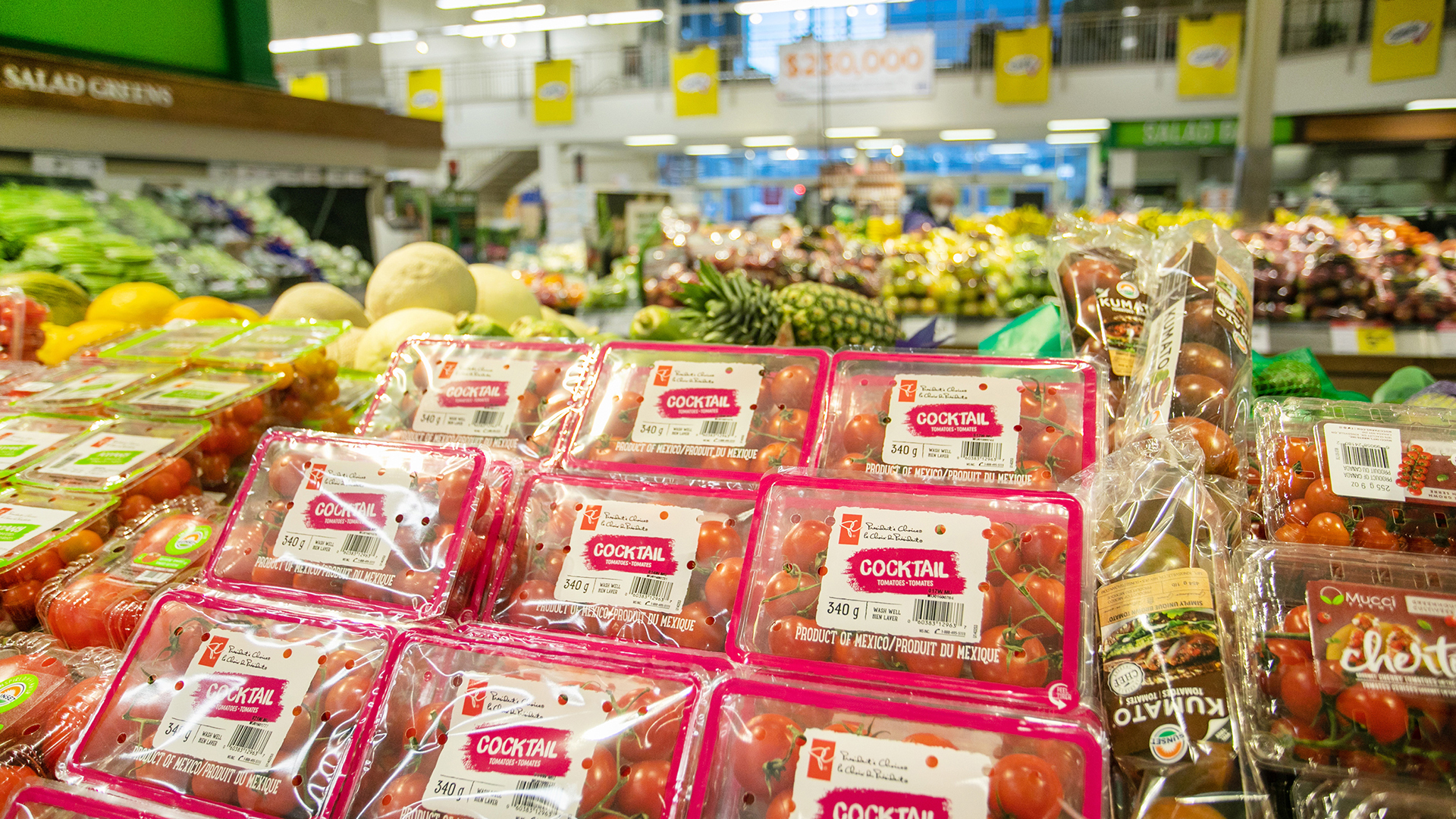
I recently bought a pack of frozen corn with a net weight of 250 grams. Surprisingly, the packaging had about the same volume as other brands that weighed two times as much. This observation points to an issue which has not yet been adequately addressed: excessive packaging of grocery products. Recent reports in 2022 and 2023 suggest this has been a longstanding problem in Canada.
Regulating excessive packaging should not be just about the number of bags we use when shopping or the plastic wrap we employ to ensure freshness of food. It should also govern the proportion of the packaging size to the product it contains.
Yet, the prevailing focus misses this. In Canada, single-use plastics prohibition regulations bans the sale of single-use plastic checkout bags, while stating nothing about oversized packaging.
Even the latest government plans focus only on setting minimum recycled content in specific plastic products and overseeing clarity on labels for recycling and composting. These are laudable, but more can be done.
Luxury goods like investment watches may understandably have extravagant packaging. But doing the same for consumables or one-off grocery products makes little sense.
This is a regulatory matter that can be implemented easily. For example, the federal government can introduce objective and easy-to-apply criteria to specify a ratio of the packaging volume to the net weight of the product. The suggested regulation can first be limited to grocery food products that use plastic packaging.
While Canada relies on imported grocery products, this should not be an obstacle to introducing stricter regulation. The goal is about driving positive changes, so foreign products wishing to enter the Canadian market need to conform to these requirements. Compliance is already required in other instances to meet Canada’s unique labelling requirements.
China and the EU are moving against excessive packaging
China will implement legislation in September 2023 that provides specific ratios for determining how much empty space will be allowed in packaging. This new legislation is viewed as a way of eliminating excessive packaging in food and cosmetics. The European Union also has plan to introduce an “empty space ratio.”
European and Chinese regulations are similar in their approach, but the EU plan is simpler. It starts with the general rule that requires “packaging minimisation.” This means the “weight,” “volume” and “empty space” shall be reduced to the “minimum necessary.”
This qualitative rule applies to all packaging and to many types of products (food, cosmetics, etc.). There is also a maximum of 40 per cent empty space allowed within packaging for transport protection.
By contrast, the Chinese regulations are more detailed. The ratios are set differently for different categories of products. In addition, China has imposed two other requirements to curb disproportionate packaging. For instance, the cost of packaging cannot exceed 20 per cent of the price of the food product and there can be no more than three layers of packaging on food.
In other words, the Chinese approach addresses excessive packaging with three separate yet complementary measures, namely an empty space-ratio requirement, a packaging-cost requirement and a cap on the number of layers of packaging used.
Which approach will turn out to be more effective remains to be seen. But because the EU’s regulation must be applied to separate member states, as opposed to one single market in the case of China, the differences make sense: a blanket requirement for the EU is easier to apply, but it fails to cater to the different product characteristics which may make it less effective.
The Chinese approach does require more government control because of its detailed rules. For example, it has separate ratios for the categories of milk products, beverages, cold beverages, soy products and alcohol. This overlap in categories points to a need for support to determine the correct ratios.
Another notable takeaway for Canada is that both the Chinese and the EU regulations apply not just to food products, but also to cosmetics. Policymakers should pay attention given concerns raised about the environmental impact of plastic packaging from cosmetics in North America.
What else can Canada do?
Policymakers should pay more regard to the pre-emptive measure of reducing excessive packaging. Relying on post-use recycling alone is not adequate, because recycling can sometimes be impractical or too costly.
Policymakers should also explore whether the weight or thickness of the plastic packaging is proportional. Heavier products require more energy to transport, meaning a higher carbon footprint.
Interestingly, one of the EU regulations speaks to the use of labels attached to fruits and vegetables which identify them. The regulation requires these labels to be compostable within 24 months. This is one more idea policymakers in Canada should consider.
Excessive packaging should be viewed as a matter of corporate social responsibility which aligns business interests with environmental accountability. Ultimately, leadership is needed to build a broader societal consensus on responsible consumerism that favours environmental sustainability over the momentary satisfaction attractive packaging provides.









